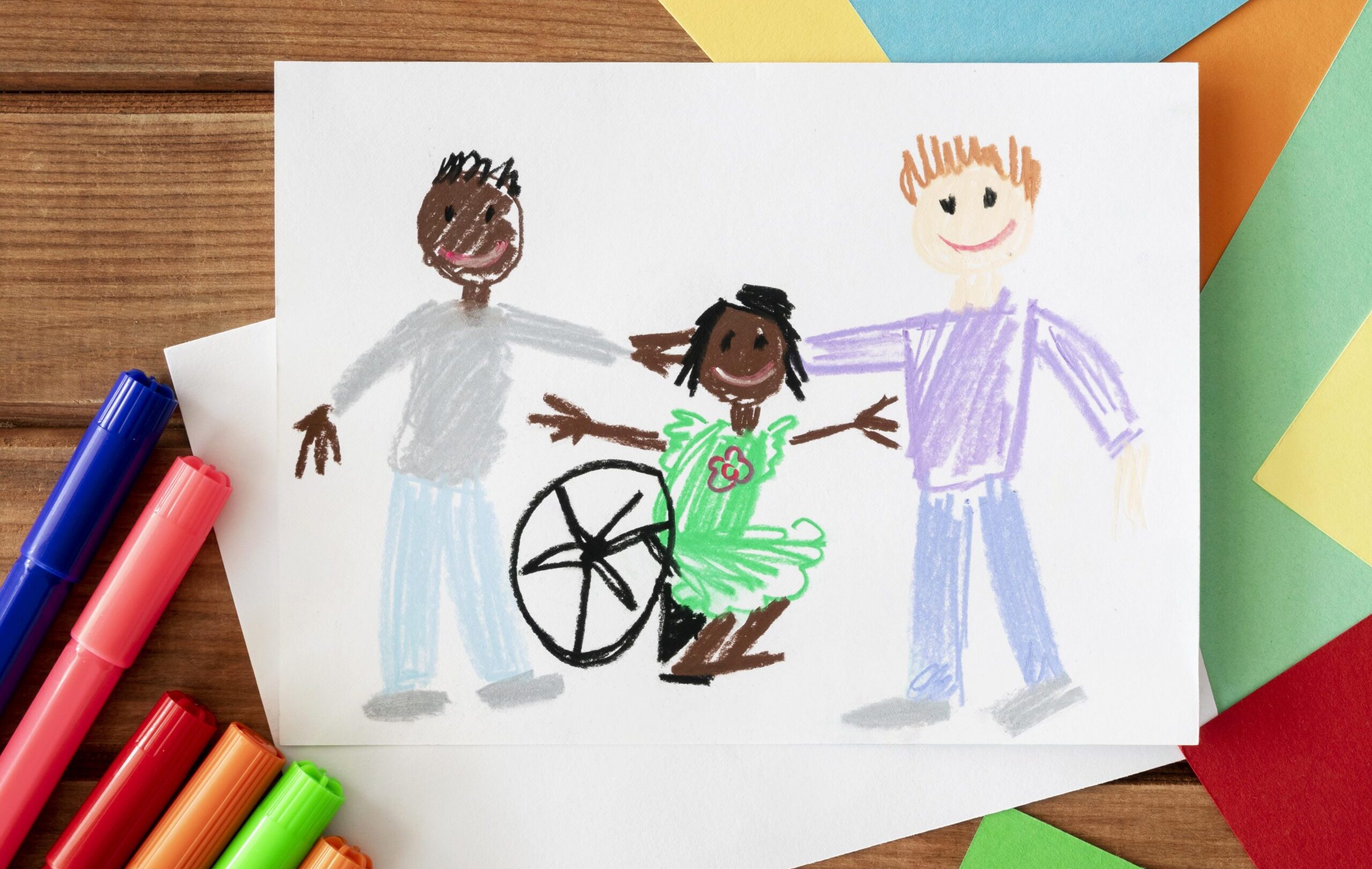The goal of inclusive education is to give all students, no matter their physical, mental, social, emotional, language, or other conditions, a place to learn that meets all of their needs. This method stresses fairness, diversity, and seeing the promise in every student. However, adopting inclusive education comes with a number of problems as well as many benefits. This piece talks about the best ways to make schools truly inclusive as well as the problems that need to be solved.
Educational Strategies for All Students
Differentiated Instruction
When you differentiate your lessons, you change the way you teach and the things you do in order to give your students a wide range of learning situations. Teachers can make lessons that give students more than one way to understand by taking into account their different levels of readiness, hobbies, and learning styles. Different ways of delivering material, flexible grouping, and ongoing assessments are some of the techniques used to change teaching strategies in real time.
Collaborative Teaching
Two or more teachers work together to plan, teach, and grade the same group of students. This is called collaborative teaching, which is also called co-teaching. This method makes the most of each teacher’s skills and strengths, which allows for more individualized care and a wider range of teaching methods. For instance, a special education teacher and a regular education teacher might work together to give specific help while still holding everyone to high academic standards.
Use of Assistive Technology
Helpful technology that makes the coursework accessible to students with disabilities is an important part of inclusive education. Screen readers, speech-to-text software, and interactive whiteboards are some of the tools that can help people communicate and understand better. Implementing these technologies needs teachers to get the right training and ongoing support to make sure they are used correctly.
Positive Behavioral Interventions and Supports (PBIS)
PBIS is a proactive method that uses practices based on data to make schools better places to be and for students to behave. Schools can make a more welcoming space that reduces behavior problems and encourages a good learning environment by setting clear standards, teaching appropriate behaviors, and recognizing good behavior. This method works well for all students, but it works especially well for students who have behavior problems.
Challenges in Inclusive Education
Inadequate Teacher Training
Teacher training that is not up to par is one of the biggest problems with inclusive education. A lot of teachers do not think they are ready to meet all of their students’ needs, especially those who have disabilities or learning issues. Professional development programs do not always give teachers the skills and trust they need to use inclusive practices well because they lack depth and continuity.
Limited Resources
Lack of resources is a common problem that makes open education hard to do. Schools often have trouble getting the money they need for things like specialized staff, assistive technology, and tools that have been changed to fit different needs. This lack makes it harder to give each student the specific help and accommodations they need to do well in an inclusive setting.
Attitudinal Barriers
Misconceptions and negative views about disabilities and inclusive education can get in the way of progress. Some teachers, parents, and students may be biased or not fully understand the benefits of being inclusive, which can cause pushback or a lack of support. To change these ideas, large-scale campaigns of awareness and active promotion of welcoming ideals within the school community are needed.
Overcrowded Classrooms
High student-to-teacher numbers can make it harder for inclusive education to work. When classrooms are too full, it is hard for teachers to give each student the care they need and meet everyone’s needs. It is important to have smaller class sizes so that each student can get the individualized help and guidance that inclusive education requires.
Inconsistent Policy Implementation
Even though national and foreign laws support inclusive education, policies are not always put into practice in the same way. Different schools and districts may have different methods because of differences in local rules, funding, and administrative support. Strong oversight and monitoring systems are needed to make sure that policies for inclusive education are always followed.
Strategies for Overcoming Challenges
Comprehensive Teacher Training Programs
For teachers to have the skills they need for inclusive education, they need to spend money on thorough, ongoing professional development. There should be training on how to use assistive technology, differentiated teaching, and managing behavior. Teachers can also get better prepared by working with special education experts and training other teachers.
Advocacy for Increased Funding
Trying to get more money at the neighborhood, state, and federal levels can help when resources are limited. Schools can also look into forming partnerships with businesses, neighborhood groups, and non-profits to get more resources and help.
Cultivating an Inclusive School Culture
To make a school atmosphere that welcomes everyone, everyone needs to be committed. Schools should work to be welcoming by having policies, doing things, and getting involved in the community. A supportive atmosphere can be created by recognizing and celebrating diversity, holding regular workshops on inclusivity, and involving parents in the learning process.
Policy Consistency and Accountability
Clear rules and ways to be held accountable are necessary to make sure that policies are always followed. Standards can be kept up and practice gaps can be filled with regular audits, feedback systems, and participation from stakeholders.
Conclusion
Inclusive education is a way to make sure that all kids have the same chance to learn. Schools can get closer to real inclusivity by using best practices like differentiated education, collaborative teaching, and assistive technology, as well as by fixing problems like not having enough training and resources. To get past obstacles and make schools more welcoming for everyone, people must keep working hard, be committed, and work together.
